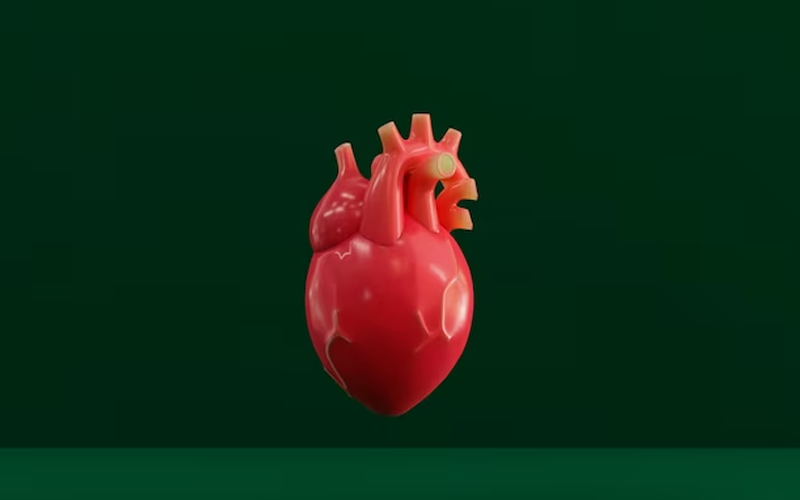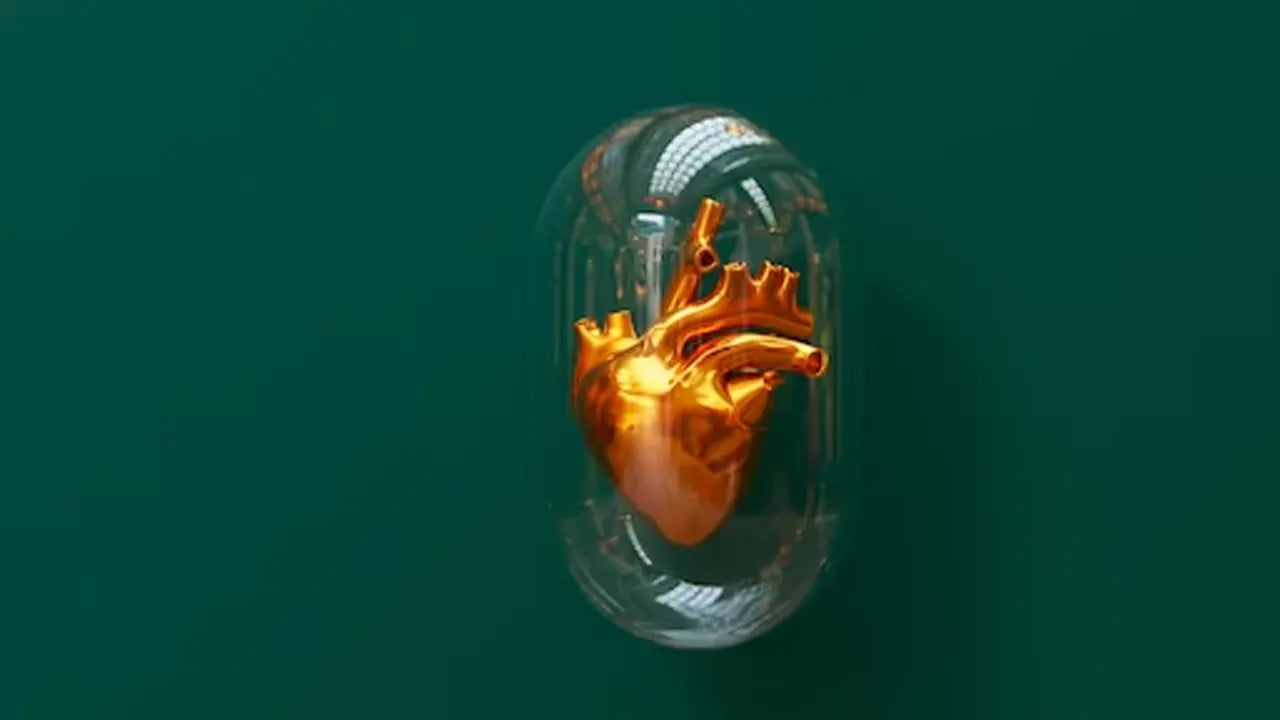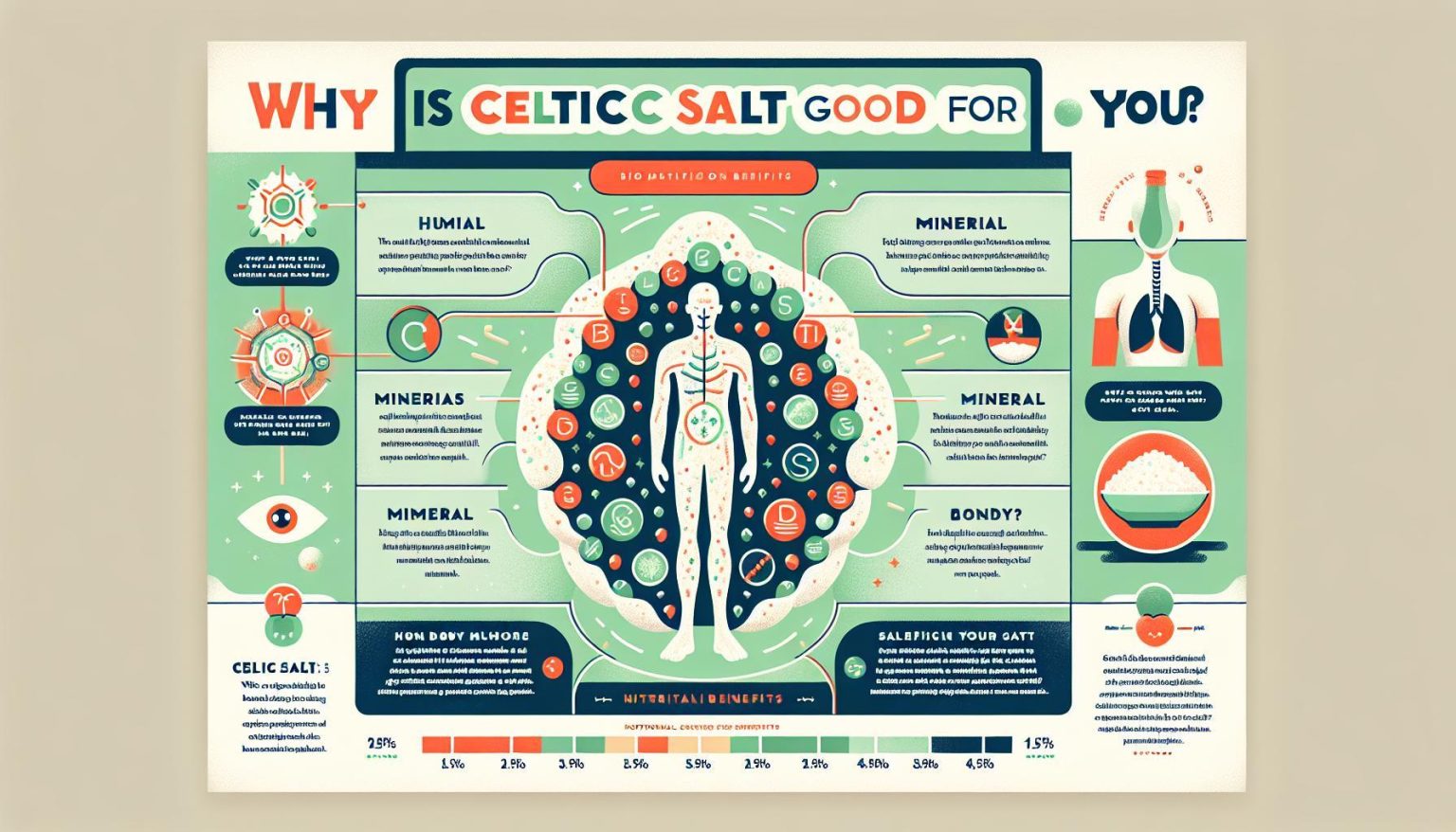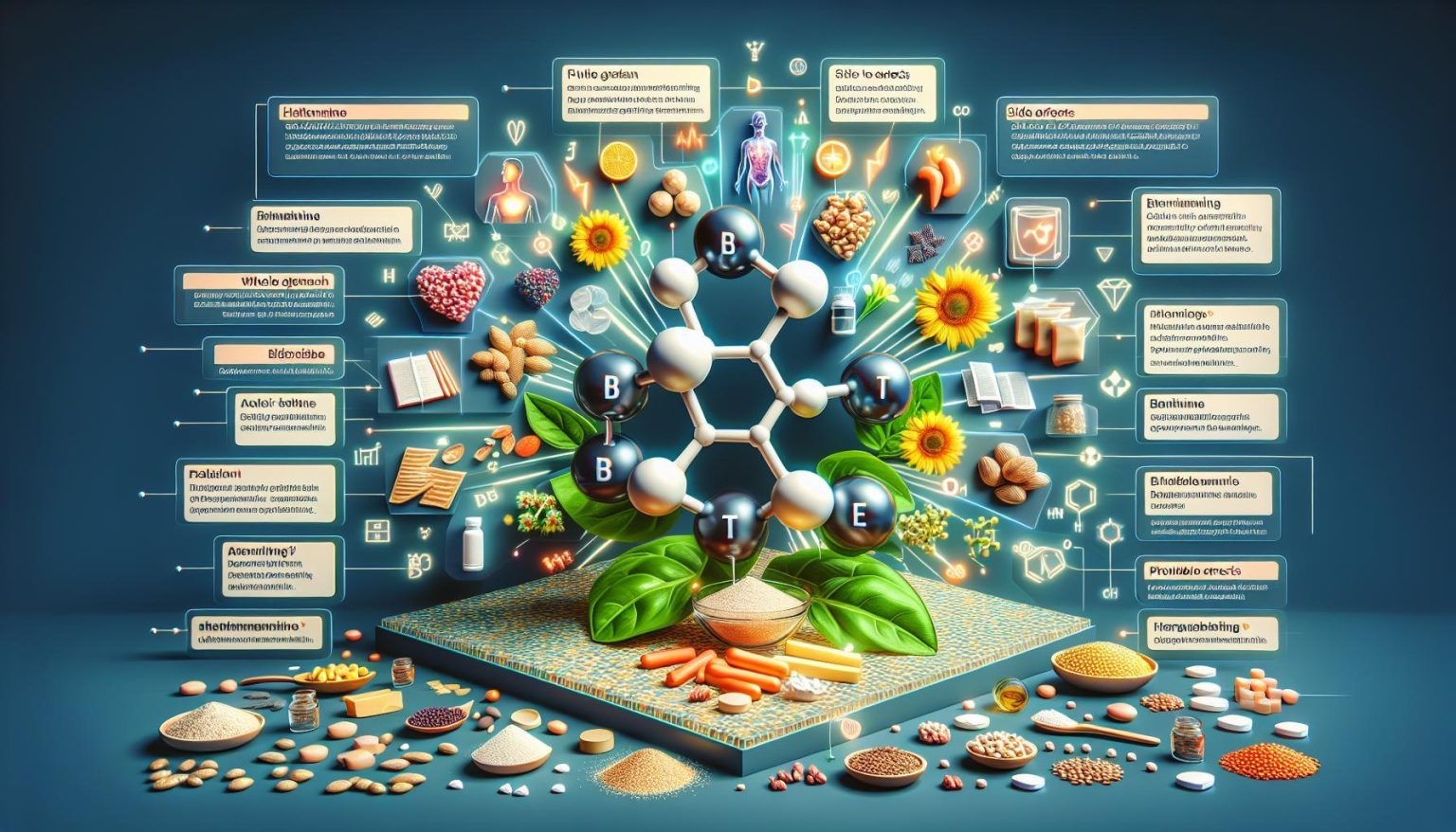Peeling back the layers of mitochondrial heart disease, we encounter a world filled with complex interplay of cellular machinery and energy dynamics. As the name suggests, this disease is a product of dysfunction in the mitochondria - those tiny, yet mighty, power stations of our cells. More than just power producers, these minute organelles have a host of functions that become startlingly evident when something goes wrong. In the heart, an organ that demands relentless energy production, this interplay becomes critical. So let's embark on a voyage, an exploration into the pulsating heart of this mitochondrial mystery.
Understanding the Role of Mitochondria in the Heart
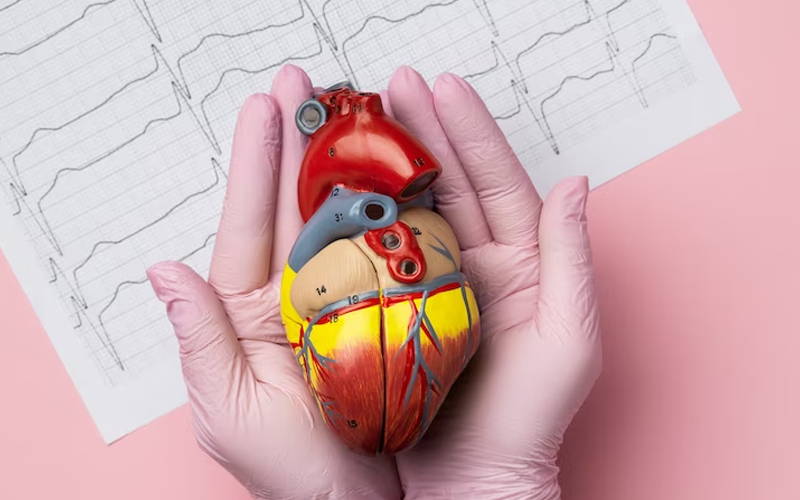
The Energy Expenditure of the Heart
How Does the Heart Use Mitochondria?
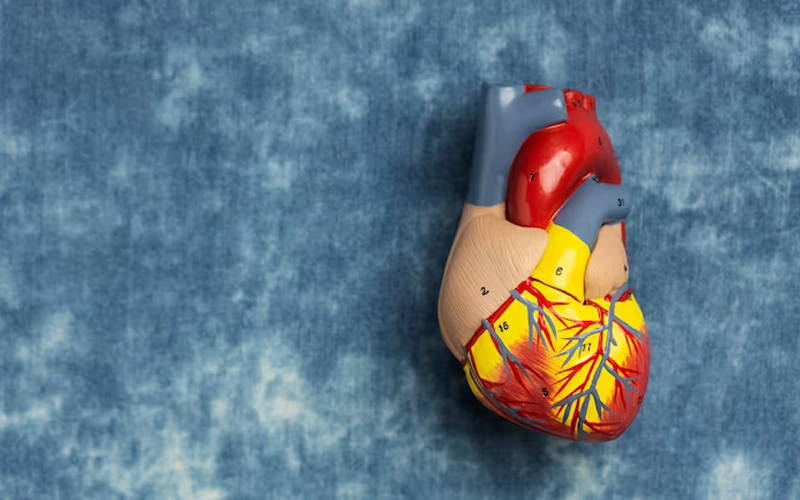
Why are Mitochondria so Crucial to the Heart?
Mitochondrial Heart Disease
Number of Mitochondria in Heart Cells
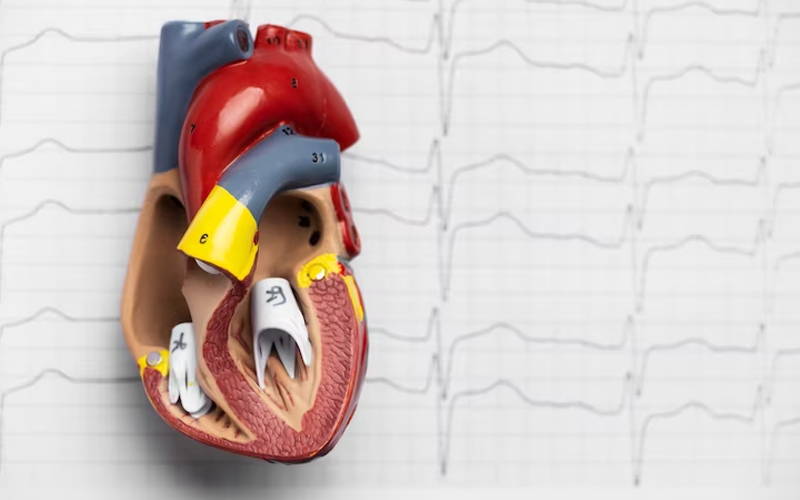
A Closer Look at the Cardiomyocyte
Why Does the Heart Have More Mitochondria?
